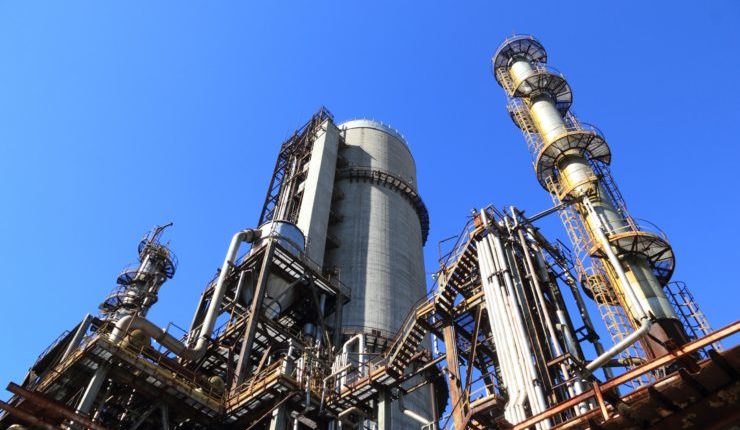Oil Minister Dharmendra Pradhan has said that by the end of Prime Minister Narendra Modi’s current term, India will be ready with a cross country natural gas grid.
In addition to it, India is also investing $60 billion infrastructure, including setting up cross country pipelines and LNG (Liquid Natural Gas) import terminals to connect gas-starved regions to supply hubs, according to Oil Minister Dharmendra Pradhan.
Carbon Copy, a Climate Action Tracker website, tracking countries’ actions on climate change cites India’s ambitious renewable energy targets as 450 GW by 2030 – the country is on “track to overachieve its ‘2˚C compatible’ rated Paris Agreement climate action targets”.
If the country abandons plans for new coal-fired power plants, it could become a global climate leader with a “1.5˚C compatible” rating, the website adds.
What is missing from such analyses is a relatively recent development. Since 2017, a rising number of fossil fuel producers, mostly from Russia, America and the middle-east, have begun entering India, seeing the country as one of the last big markets for fossil fuels, says the report.

According to an article published in TheWireScience, following are some Global oil & gas majors and their Investment in India since 2017:
- In August 2017, Rosneft, a Russian oil company bought Essar Refinery.
- In August 2019, British Petroleum and Reliance Industries formed a joint-venture for service station network and aviation fuel retailing.
- In October 2019, a French oil company, Total SA bought a 37.4% stake in Adani Gas Ltd.
- In January 2020, India pursued IOC (Indian Oil Corporation) and other state refineries to buy oil from Brazil.
- In February 2020, Indian Oil Corporation (IOC) signed a deal with Rosneft for crude oil supply. Meanwhile, Exxon inks, a global energy major based on the USA, signed a pact with Indian Oil Corporation (IOC) to help deliver natural gas in containers to Indian cities outside the pipeline network. The move aimed at deepening U S – India ties and a significant ramp-up in gas usage (clean fuel).
Alongside, Aramco, Vedanta, Reliance and Rosneft are also expected to bid for the Indian government’s 53% stake in Bharat Petroleum Corporation (BPCL).
Apart from it, Kuwait Petroleum Corporation wants a stake in its Bina refinery in Madhya Pradesh. As for Oman Oil, a partner in the refinery, it wants to participate in any expansion plans.
“India is emerging as a major demand center for gas. India is going to be a very exciting market. We see it as an important energy market for decades to come,” said Peter Clark, senior vice president at global LNG st Exxon Mobil Corp.
According to an energy consultancy firm Wood Mackenzie, India’s gas demand is expected to double to 75 billion cubic metres by 2030.
India is also amping up gas supply – trying to boost it from the current 6 per cent of the country’s energy mix to 15 per cent by 2030, it said.
Competition is intensifying amongst oil, gas and coal majors.
At the same time, as renewable energy prices fall and pressures to decarbonise rise, fossil fuel producers have no more than thirty years to monetise their fossil fuels and re-establish themselves on alternative economic fundamentals.
India allows higher prices for natural gas produced from difficult and challenging fields and gives companies the freedom to sell it without federal intervention at best prices is one of the reasons why Global oil and gas majors are looking to India.
“The Saudis want long-term, sustained off-take of crude by India,” says an energy consultant with PricewaterhouseCoopers in India. “So they are looking at deals with both BPCL and Reliance.
Bharat petroleum, in a tie-up with Reliance Industries is also investing $5 billion in India’s east coast to produce gas from April-May, that in itself can meet half of the natural gas demand out to 2050.
[zombify_post]








